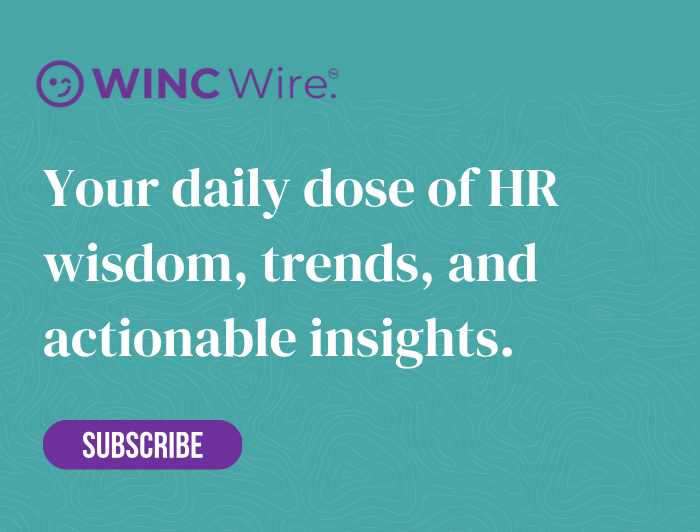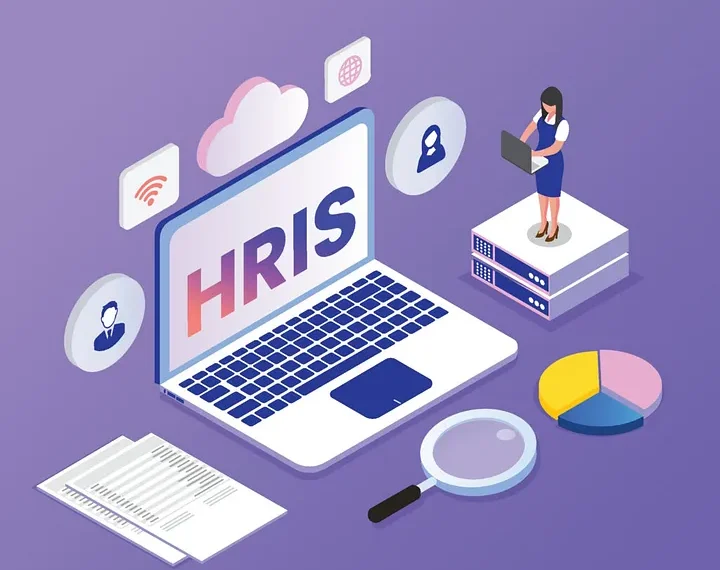Do you remember the days of endless filing cabinets? I certainly do. In the 80s and 90s, HR was often a chaotic battle against paperwork, where just processing a payslip felt like a victory. Our strategic focus was constantly hijacked by operational firefighting. It’s remarkable to see how far we’ve come. The Human Resources Information System (HRIS) has matured from a simple digital filing system into the strategic core of modern, forward-thinking organisations.
Across my career, spanning hospitality, the automotive industry, and now HR consulting, I’ve had a front-row seat to this transformation. HR is no longer seen as a mere administrative cost centre; it’s rightly understood as the cultural heart of the business. And the HRIS? It’s the quiet, powerful conductor making sure everything works in harmony.
Beyond the Admin: The Real Evolution of HRIS
Let’s be honest, the first generation of HRIS platforms was designed to bring order to the chaos. Their job was to automate payroll, track who was in and out, and keep the organisation on the right side of compliance. Utterly essential, but hardly groundbreaking. Today, it’s a different world. With the smart application of AI, machine learning, and predictive analytics, a modern HRIS is a formidable decision-making tool. These systems give us a real-time, nuanced view of our workforce, allowing us to act with both operational sharpness and genuine human insight.
A truly robust HRIS doesn’t just hold data anymore. It actively surfaces vital intelligence, highlighting potential turnover risks, flagging skills gaps, and ultimately helping us, as HR leaders, to embed strategic thinking into every single employee interaction.
Why a Modern HRIS is Your Greatest Talent Enabler
A well-designed HRIS isn’t defined by its flashy features. It’s about simplicity, accessibility and empowerment. From an intuitive mobile app to seamless integration with other business tools, the best platforms deliver a frictionless employee experience that feels both personal and professional.
Here’s where these platforms really prove their worth:
- Automation that creates breathing room: By handling the relentless, repetitive admin, it frees up your team to concentrate on the work that truly matters: culture, leadership development, and strategic growth.
- A single, reliable source of truth: Having centralised employee records isn’t just tidy. It eliminates dangerous data duplication, significantly reduces risk, and makes compliance a much smoother process.
- Genuine workforce intelligence: This is where it gets interesting. Predictive analytics can give you early warnings on attrition trends and performance dynamics; these are insights you can actually act upon.
- A better employee experience: With user-friendly dashboards and self-service portals, your people can interact with HR on their own terms, which is exactly how it should be.
- Designed to scale with you: As your organisation expands, a good HRIS flexes and adapts, supporting your growth without causing friction.
HRIS vs HRMS vs HCM: Let’s Clear Up the Acronyms
It’s a question I hear all the time from leaders: “What is the actual difference?” It isn’t just marketing jargon; it’s about the scope of the system and its strategic ambition.
- HRIS (The Backbone): Think of this as the operational core. It handles payroll, compliance and fundamental data management with absolute precision. It’s the reliable foundation upon which everything else is built.
- HRMS (The Lifecycle Manager): Building on the HRIS, the Human Resources Management System brings in talent management functions like recruitment, onboarding, performance reviews, and training. It maps the entire employee journey.
- HCM (The Strategic Advisor): This is the top tier. Human Capital Management platforms move beyond process management and connect your people strategy directly to business goals, using data to cultivate leaders and shape long-term talent planning.
Rolling Out an HRIS: It’s a Journey, Not a Flick of a Switch
Bringing in a new HRIS is far more than an IT project; it’s a fundamental cultural shift. I’ve seen these projects succeed brilliantly when technical execution is matched with genuine empathy for the people who will use the system. Here’s a proven roadmap I often share:
- Start with your ‘why’: Before you look at any software, get crystal clear on your biggest pain points. Are you haemorrhaging time on admin? Are you flying blind on talent data? Let your real-world challenges drive your choice.
- Choose with purpose: Not all systems are built the same. You need a platform that matches your specific structure, your ambitions, and your natural pace of growth. Don’t be swayed by features you’ll never use.
- Embed the change thoughtfully: This is a change management programme. You need clear milestones, constant communication, and a plan to empower your most enthusiastic early adopters as champions.
- Invest properly in learning: A system is only as good as the people operating it. Equip your teams with training that is relevant to their roles and ongoing, not just a one-off session.
- Monitor, measure and adjust: Always be gathering feedback and tracking adoption rates. A great HRIS should evolve and adapt alongside your organisation.
Best Practices: Making Your HRIS a Strategic Asset
To get the absolute most from your investment, here are a few practices that have been tried, tested and proven to work:
- Make sure your systems talk to each other: An integrated HRIS that connects with finance, CRM and other operational tools is a game-changer. When your systems communicate, you get smarter, faster decisions.
- Tailor it for your people: An off-the-shelf configuration is rarely enough. Take the time to configure workflows that reflect how your organisation actually works, not some generic template.
- Stay current and secure: Don’t view system updates as optional. Regular patches and upgrades are essential for security, compliance and getting access to the latest functionality.
- Empower your people with self-service: Allowing staff to handle their own basic tasks (like updating personal details or booking leave) is empowering for them and frees up countless hours for your HR team.
- Actually use the analytics: Don’t just be a data collector; be a data user. Look for the patterns, address the challenges you uncover, and track your progress. Let the insights guide your actions.
A Final Thought: This is About More Than Just Efficiency
It’s easy for leaders to see adopting an HRIS as just ticking a digital transformation box. But that misses the point entirely. This was never just about technology; it’s about enabling a better way of working. When implemented correctly, your HRIS becomes the critical scaffolding that supports a thriving, people-first culture. It clears the decks, allowing HR to focus on what we do best: empowering people, nurturing talent, and helping the entire business grow with real purpose.
At WINC HR, we don’t just set up systems; we help shift mindsets. We work alongside you to unleash the full potential of your people, supported by smart, scalable and human-focused technology.
Let’s work towards building HR functions that don’t just run efficiently, but actively inspire, evolve and lead.
Explore more at WINC HR or connect with us on LinkedIn to keep up with the fast-moving world of HR technology.






